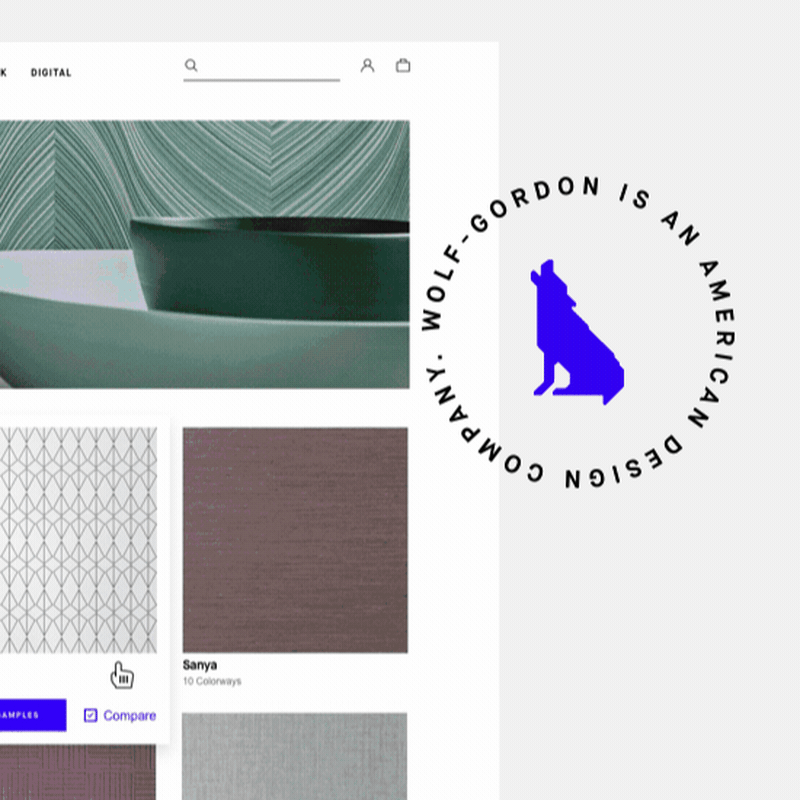3 Tips for Closing the Customer Experience Gap

On the brink of death, people in the Amazon original series “Upload” have the option of uploading their consciousness into a luxury-filled digital afterlife. Each then gets a customer service “angel” to tend to their every need, anticipated in virtual pop up ads. “The ads know us better than we know ourselves,” one quips.
Sound far-fetched? Not really.
Digital afterlife aside, the internet knows you very well. Data you produce daily can predict your preferences, your mood, and even your level of impulse control. We have access to so much customer data, that we too should be able to anticipate (and fulfill) every need for our customers.
Here comes the “but.” (There’s always a but.) But a huge gap still exists between the business perception of customer experience (CX) and actual customer satisfaction.
Here’s a compelling statistic: 87% of marketers say they’re delivering engaging customer experiences. Juxtapose that with another stat: half (49%) of customers say that brands failed to meet their expectations. What’s more, two thirds of customers surveyed couldn’t remember the last time a brand exceeded their expectations.
Ouch.
This is the customer experience gap. We believe that we’re doing a good job, but customers beg to differ.
Compared to traditional forms of advertising, 91% of consumers say that the tailored ads they’re seeing are more intrusive, and 84% said overly intrusive ads give them a poor opinion of the business doing the advertising. The ads know us better than we know ourselves, and we’re not happy about it. Conversely, Millennials overwhelmingly reject traditional advertising and demand some level of personalization. What’s a business to do?
That’s the risk of approaching the customer experience the wrong way. Just because we have the technology to tailor ads does not mean they’ll always be welcomed. Even with those advancements, our work is not yet done. So how do we make sure we’re doing it right? How do we close the gap?
1. Knowing and Understanding the Value of Journey Mapping Known as ACT
Consider a hard truth: your customers have really short attention spans. As such, they make decisions about your brand in a matter of seconds. Your organization must be prepared to engage, surprise, and please your customers wherever they are. A central aspect of this is the journey map.
At Digital Surgeons, we’ve developed a simplified team-based approach for journey mapping that we call ACT – Audience, Communication and Touchpoints. Using this framework allows us to rapidly engage customers without losing the human-centric perspective that is so essential to the customer experience.
We also refer to journey mapping as “blueprinting.” Why? Because a blueprint seeks to explain the many structural elements that make up a whole. In business, blueprinting requires a core understanding of the customer, including which behavioral segments they fit into. This goes beyond a simple buyer persona. Rather than a fictional depiction of a target customer, we can leverage data to understand who the audience is, what makes them tick, and what (and how) we should communicate with them. Blueprinting seeks to answer a critical question: what are the touchpoints and triggers (structural elements) that are ultimately going to surprise, delight, and serve our customers (the whole)?
Journey mapping can be informal or formal. Informal approaches include meetings and plotting out paths with sticky notes (yarn connections and manic gesturing not included). More formal approaches utilize customer and website data to create demand funnels. In light of COVID-19, we have begun unrolling virtual-remote design mapping, which helps us reach clients all over the globe. However you approach it, journey mapping provides you with a comprehensive roadmap for how we think about every stage of the customer journey.
One of the most important things to understand about journey mapping is that the customer journey is not linear. Conventional marketing wisdom often refers to guiding prospects through funnels to conversion and eventually advocacy. Life is rarely that clean, and the customer journey is not either. People stumble and backpedal. Some serpentine. Others come full circle. What these various journeys do is provide the opportunity to connect with customers at different touchpoints – to meet them where they are. Defining the customer journey this dynamically allows us more opportunities for interaction, understanding, and personalization.
To bridge the gap though, it’s not enough to map a journey. The customer blueprint should be actionable, which is where the ACT framework comes in:

- Audience Segment. Who is your target customer and what makes them tick? Think beyond those personas that the C-suite imagines in boardroom discussions. Take a deep dive into your data to understand the humans who produce it.
- Content/Communication. How do you connect with them? What language do they use? How can you make sure what you say resonates?
- Triggers/Touchpoints. What opportunities for engagement deliver the best ROI? Will your audience read a newsletter, or are they more likely to connect with you while scrolling through social media during their downtime?
Understanding how to crack the customer experience code requires experimentation. Our company is always in a state of curiosity. While we are data-driven, we also seek to creatively connect the dots in an effort to continuously improve how we serve customers. That’s the human factor that helps close the gap. Instead of merely abiding by technology and data, we avoid the feeling of intrusion in the customer by making extra efforts to understand them through curiosity and creativity.
2. Make Customer Experience Part of Your Company Culture
Do yourself a favor and decentralize your customer experience. Customer experience is not just a job for marketers and service reps; it should be at every level of your organization.
Customer experience is people-centered. As such, it should exist in the very DNA of your organization. Every member, from your intern to your CEO, should understand how to think through the eyes of the customer. (There are several ways to approach this so if you want to learn more about them, reach out to me on Twitter @PeteSena)
Instead of assigning customer experience to a department, install team leads or members to manage the feedback related to that department’s function specifically. This evens out the responsibility and allows subject matter experts to retain control of the feedback. A marketing team member might not know what to do with pricing feedback or a problem with a product, but a member of your sales team or supply team will. Be inclusive in your approach to shaping and improving your customer experience, and it will organically improve.
3. Always Watch For New Opportunities
Remember, your customer data is a treasure trove that allows your team members to find new opportunities for touchpoints. Keep them focused on those opportunities. Though your skills are diverse, everyone must be committed to one overarching goal – the customer (They are the kings and queens of your kingdom. Without them, you have no business). As such, it’s essential that every member of your organization views feedback as an opportunity for improvement.
At Digital Surgeons, we focus on the idea of Kaizen. Made famous by Toyota, Kaizen is Japanese for “change for the better” and refers to the process of continuous iteration and quality improvement. A data-driven approach is an important aspect of this, as data is nothing without action. From data, we can extract human-centered stories that lead to insight and insights into outcomes. An outcome could be something as simple as optimizing your purchasing funnel or rewriting content on your site to make it clearer or more compelling. Maybe your insights lead you to make design-related or experience-related changes that make your website or other channels more user friendly. Whatever those changes are, they signal to a customer that you are listening and dedicated to continuous iteration that improves the customer experience.
Closing Your Customer Experience Gap (For Good?)
Together, these actions can help you create a customer experience that is more closely aligned with what your customers want. In other words, you think you’re doing a good job, and your customers agree. To achieve this, we recommend regularly identifying your customer voice with tools like Net Promoter Score or CSAT scores, both of which assess customer satisfaction. Knowing who your customer is, how they’re feeling, and their likelihood to refer you to someone else is critical to your business success.
Here’s some hard truth: this is a constant process. It’s called continuous quality improvement for a reason – it requires the constant ability to collect and analyze data while mapping it against an ever-evolving customer journey. This is how we guide our prospects, our customers, and our brand zealots to advocacy, which in turn leads to brand growth. Your customer preferences will change over time, so your organization should be able to adapt accordingly. Now more than ever, the ability to shift and respond to customer needs is critical to the future success of your brand.
Closing your customer service and experience gap is not a one-time action; it’s a continuous processing journey. Every good gardener knows that managing toxicity of the soil is essential for helping plants flourish. Understand what could be soiling your customer service (or more appropriately, adding to the toxicity of your soil) and act on the data your customers give you to help your customer experience bloom.


